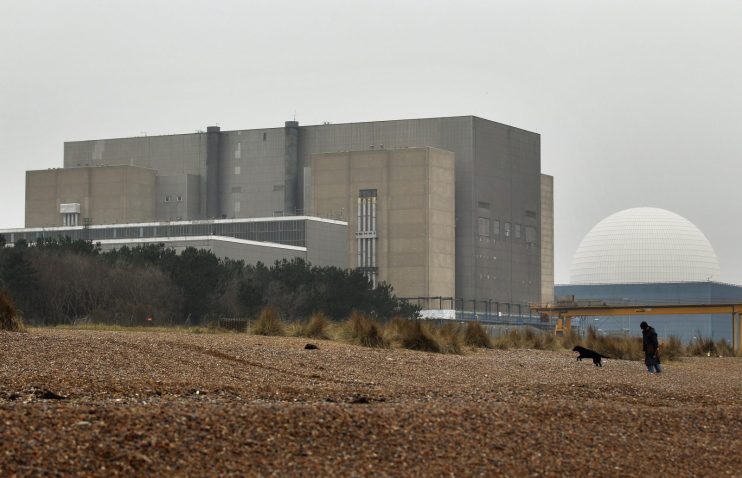How might the UK replace China in its new nuclear plants?

Back in 2015 the UK and China put nuclear power at the centre of what was hailed as a new “golden age” for relations between the two countries.
As part of £30bn worth of deals, China’s state-owned nuclear firm China General Nuclear (CGN) agreed to partner with the UK to help it build three new power plants – at Hinkley Point in Somerset, Sizewell in Suffolk, and Bradwell in Essex.
But now, amid a rising tide of global discontent over China’s treatment of Hong Kong and its persecution of the Uighur minority group in Xinjiang, that deal is on the brink of unravelling – and with it, perhaps, the UK’s nuclear future.
Earlier this week the FT reported that Boris Johnson was seeking ways to remove CGN from Sizewell C, which it is funding in partnership with EDF, as it is at Hinkley Point.
In addition, ministers are also looking at blocking CGN from building its own reactor at Bradwell B – the crown jewels of the whole partnership for China.
Although the reports have met with approval in many quarters, some have raised concerns about what removing a financial partner of CGN’s scale from the projects could mean.
At Hinkley Point C, for example, it is putting up a third of the money, while at Sizewell C CGN has committed to fund a fifth of the project.
So if CGN is removed, how might the government fill the funding gap?
Relying on a deal between EDF and CGN to build the UK’s new power plants sets the country apart from much of the world, where the state has tended to take a prominent role in financing such developments.
For example, the US government has underwritten the Vogtle nuclear plant in Georgia to the tune of $12bn, while in France EDF, which manages the country’s 56 power plants, is 85 per cent state-owned.
Although the government has kept the possibility of taking a stake in the projects open – as confirmed in the National Infrastructure Strategy – with the public finances in the state they are after Covid-19, it would be understandable if finding new investors was ministers’ preferred option.
Before the Open: Get the jump on the markets with our early morning newsletter
However, the model the UK has deployed to this point – the so-called Contract for Difference (CfD) funding model – is extremely unattractive when it comes to nuclear build, because contractors face so much up-front construction cost without government risk guarantees, making it very hard to secure capital for such projects.
This has burnt potential investors before, such as in Germany, when the country decided to pull the plug on nuclear power in the aftermath of 2011’s Fukushima disaster, leaving some firms counting the cost of their newly-defunct assets.
To get round this problem, and entice new investors, the industry has long been pushing what is known as the “Regulated Asset Base” (RAB) model.
Under this approach, the firms building the plants can levy a small surcharge on the energy bills of customers who will in the future use power from the new stations.
This guarantees companies such as EDF a revenue stream while the build is underway, lowering the risk to the firm.
Such a model is already in use in the UK for other infrastructure assets – most prominently the Thames Tideway Tunnel – and ministers are currently reviewing whether it should be applied to the nuclear sector.
If RAB does get the go-ahead, it could be the key to enticing new partners in to fill the void left by CGN.
EDF has previously said that more than a dozen long-term investment firms – pension funds and the like – have expressed interest in Sizewell C, which will cost £20bn to build.
It confirmed its commitment to finding third party investors this morning, when it said that a final investment decision for Sizewell could come by the end of 2022.
Fund manager Dalmore Capital has been linked to the project, as has the Pensions Infrastructure Platform.
According to the FT, a decision on using the model is imminent. If it does get the go-ahead, the UK’s future could yet be nuclear.